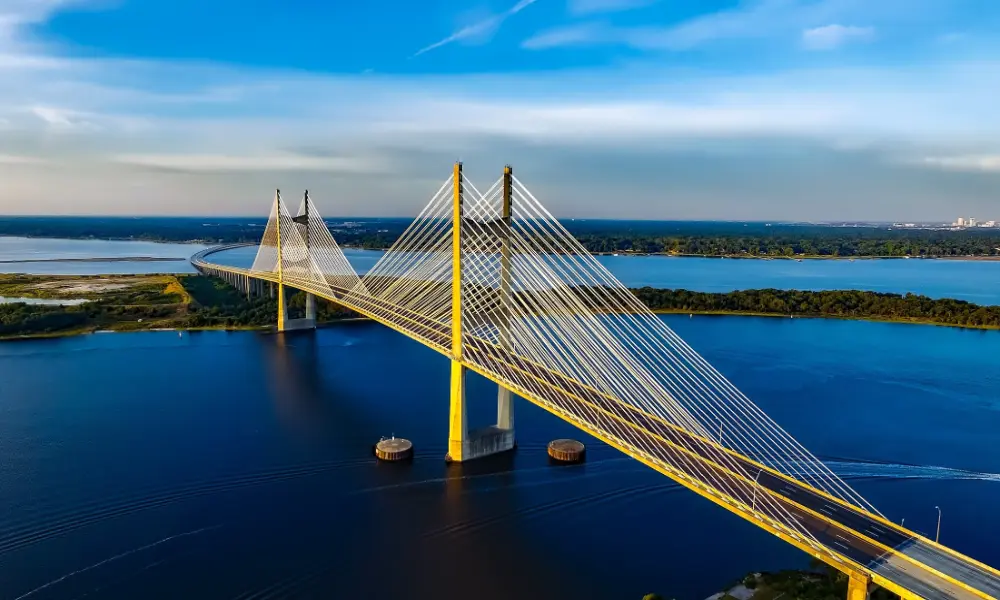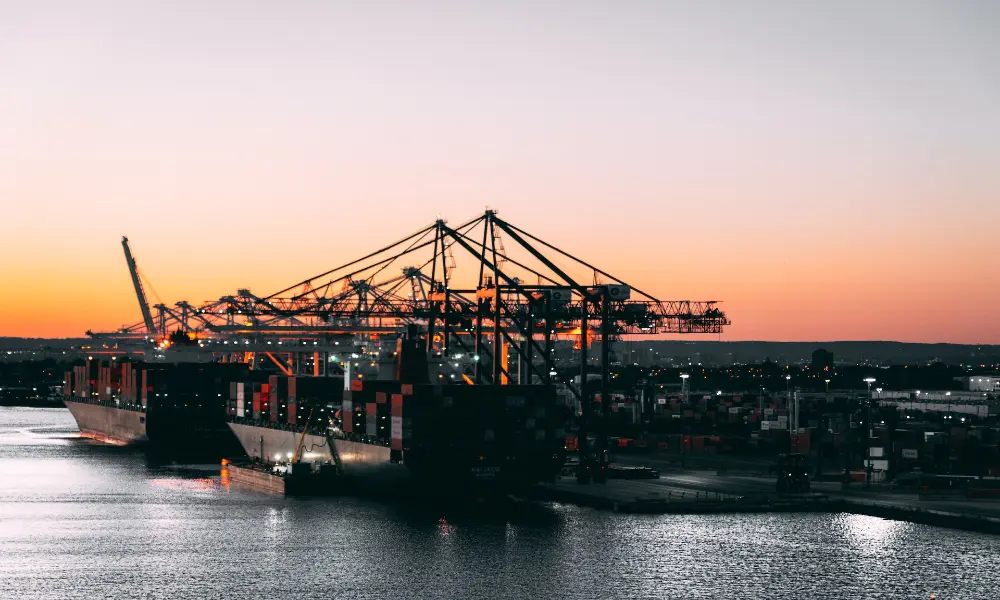China and Singapore Expanding LNG Operations
As the global demand for LNG surges with the increasing number of LNG-fueled vessels, both China and Singapore are working to expand their LNG-bunkering capabilities. Approximately 400 ships worldwide are currently fuelled by LNG, with over 500 more sets to be delivered in the next five years, according to DNV data. To meet this growing demand, China has initiated LNG bunkering at the Meishan terminal in the Ningbo-Zhoushan port complex, joining the Shanghai and Yantian ports in offering LNG bunker supplies.
World’s Largest LNG Carrier Debuts
China boasts the world’s largest LNG carrier and bunker vessel, the Haiyang Shiyou 301, which recently completed its first refueling operation. It has a maximum capacity of 30,000 cbm of LNG and can simultaneously refuel two vessels at a rate of 1,650 cbm of LNG per hour. The ship bunkered CMA CGM Unity, a 160,000 dwt containership, with 9,400 cbm of LNG, enabling the vessel to sail over 10,000 nautical miles on a single voyage between China and Europe.
Eastern Pacific Shipping Reaches Milestones
Meanwhile, in Singapore, FUELNG Venosa became the second LNG bunker vessel for Eastern Pacific Shipping (EPS). The shipping firm recently announced the completion of its 100th LNG bunkering operation in the country. The new 210,000 dwt Newcastlemax bulker, Mount Tai, received 4,887 cbm of LNG and is part of EPS’s low-carbon fleet for transporting iron ore from Western Australia to Northeast Asia. Cyril Ducau, CEO of EPS, highlighted the event’s significance, revealing that the company’s first Newcastlemax bulker will operate in the spot market.
Contributing to the Energy Transition
The FUELNG Venosa, a joint venture of Seatrium Offshore & Marine and Shell Singapore, was built by Hyundai Mipo Dockyard Co. in South Korea, with a capacity of 18,000 cbm. The vessel can conduct simultaneous cargo handling and bunkering operations, providing significant economies of scale. Currently, there are 43 LNG bunker vessels in operation, with nearly half of them in Europe and only a quarter in Asia. DNV’s Alternative Fuels Insights database states that 21 more LNG bunker vessels are set for delivery by 2025, with another 21 vessels under consideration. These growing capabilities will contribute to the industry’s energy transition and address the increasing demand for LNG as the global fleet continues to grow.



